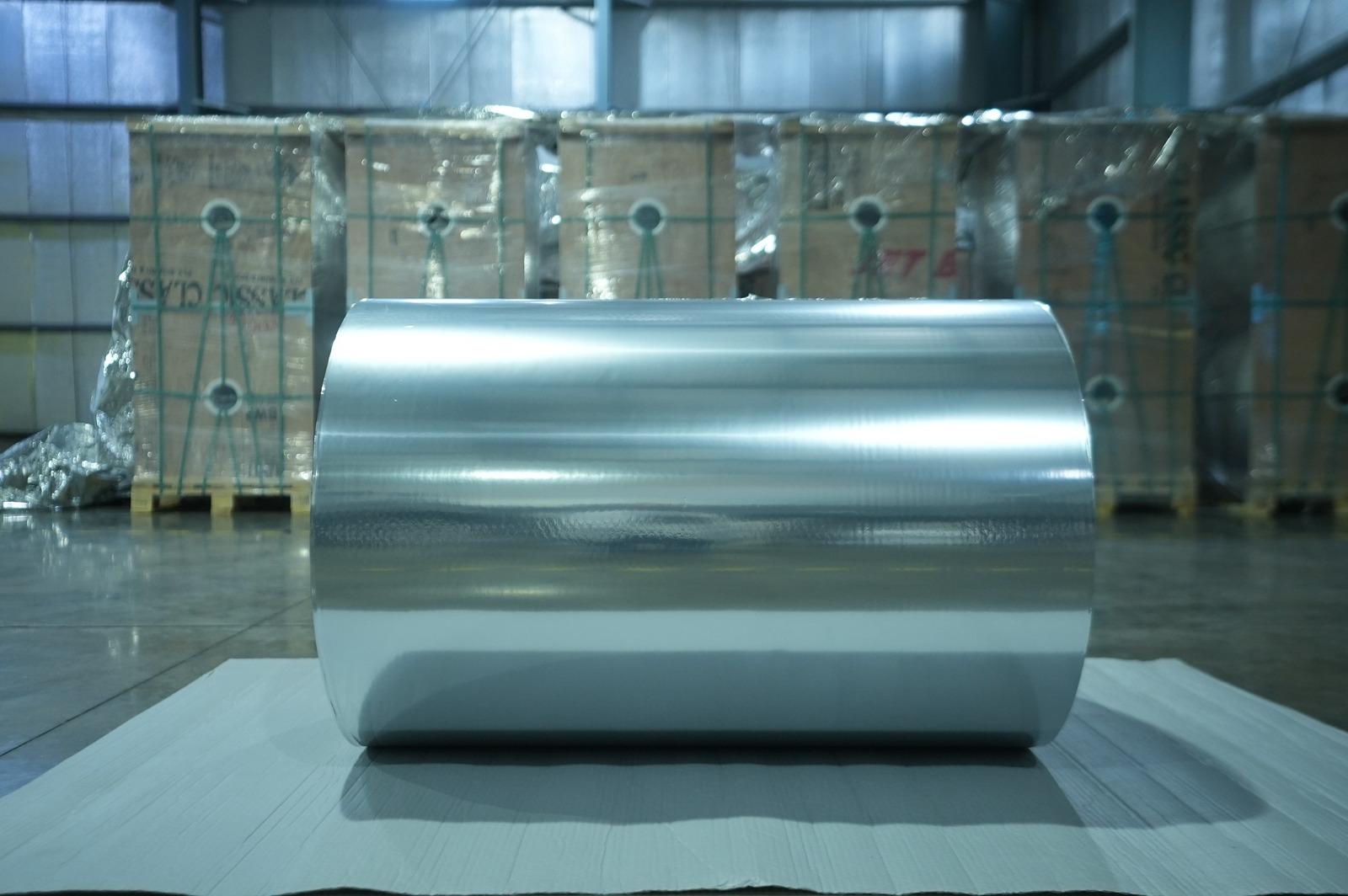In the world of packaging, the choice of material can significantly impact the final product’s performance, durability, and appeal. Among the various options available, CPP (Cast Polypropylene) films and BOPP (Biaxially Oriented Polypropylene) films are two of the most widely used packaging films. Understanding the differences between these two types of films can help businesses make informed decisions for their packaging needs. This comprehensive guide delves into the key differences, benefits, and applications of CPP and BOPP films.
What Are CPP Films?
CPP films, or Cast Polypropylene films, are made using a cast extrusion process. This involves melting polypropylene and casting it onto a chilled roll, which then solidifies the film. The casting process results in films with high clarity, gloss, and excellent transparency. CPP films are known for their versatility and are widely used in various packaging applications.
Key Characteristics of CPP Films:
- High Clarity and Gloss: CPP films offer excellent transparency and a high-gloss finish, making them ideal for visually appealing packaging.
- Good Heat Sealability: These films have superior heat seal properties, making them suitable for applications requiring strong and reliable seals.
- Tear Resistance: CPP films are resistant to tearing, providing durability and protection for packaged products.
- Flexibility: The casting process allows for greater flexibility in film thickness, making CPP films suitable for a wide range of applications.
What Are BOPP Films?
BOPP films, or Biaxially Oriented Polypropylene films, are created through a process that involves stretching polypropylene film in both the machine direction (MD) and the transverse direction (TD). This biaxial orientation improves the film’s strength, clarity, and barrier properties. BOPP films are widely used in food packaging, labeling, and various industrial applications.
Key Characteristics of BOPP Films:
High Tensile Strength: BOPP films have superior tensile strength due to the biaxial orientation, making them durable and resistant to breakage.
Excellent Barrier Properties: These films provide excellent moisture and gas barrier properties, which are crucial for preserving the freshness and quality of packaged goods.
Good Printability: BOPP films offer excellent surface properties for printing, making them ideal for packaging and labeling applications.
Clarity and Gloss: Similar to CPP films, BOPP films also provide high clarity and gloss, enhancing the visual appeal of the packaging.
Key Differences Between CPP and BOPP Films
1. Manufacturing Process:
CPP Films: Made using a cast extrusion process, resulting in high clarity and gloss.
BOPP Films: Produced through biaxial orientation, offering superior strength and barrier properties.
2. Strength and Durability:
CPP Films: Known for good tear resistance but less tensile strength compared to BOPP films.
BOPP Films: High tensile strength due to biaxial orientation, making them more durable and resistant to punctures.
3. Barrier Properties:
CPP Films: Moderate barrier properties, suitable for applications where high barrier protection is not critical.
BOPP Films: Excellent barrier properties against moisture and gases, ideal for preserving food and other perishable products.
4. Applications:
CPP Films: Commonly used in flexible packaging, stationery, and textile packaging due to their clarity and heat sealability.
BOPP Films: Widely used in food packaging, labeling, and overwraps due to their strength, barrier properties, and printability.
Applications of CPP and BOPP Films
CPP Films Applications:
Food Packaging: Used for packaging snacks, confectionery, and fresh produce due to their clarity and sealability.
Stationery: Ideal for wrapping notebooks, books, and other stationery items.
Textiles: Used for packaging garments and textiles, providing protection and a high-gloss finish.
BOPP Films Applications:
Food Packaging: Commonly used for packaging snacks, bakery products, and frozen foods due to their barrier properties.
Labeling: Ideal for labels on bottles, cans, and other containers because of their printability and durability.
Overwraps: Used for overwrapping cigarette packs, CDs, and DVDs, providing a clear and protective layer.
Conclusion
Choosing between CPP films and BOPP films depends on the specific requirements of your packaging needs. CPP films offer excellent clarity, gloss, and heat sealability, making them suitable for applications where these properties are paramount. On the other hand, BOPP films provide superior strength, barrier properties, and printability, making them ideal for food packaging and labeling.
